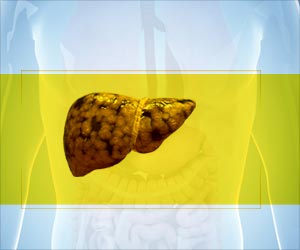The results showed that five years after transplantation, osteoarthritis-related tears to the knee meniscus had healed and, just as importantly, none of the patients experienced any serious side effects from the treatment. The meniscus is a crescent-shaped cartilage in the knee joint that plays a role in shock absorption. Age-related damage to the meniscus often leads to the progression of osteoarthritis of the knee.
‘Stem cells with trisomy 7 are safe for transplantation into human knees and show much promise in treating osteoarthritis.’
Chronic knee pain is a major issue for the aging, affecting approximately 25 percent of all adults, according to the Centers for Disease Control and Prevention (CDC). Osteoarthritis is the most common cause of this condition in people aged 50 and older. Along with pain, which can be debilitating, knee problems can significantly affect the person’s mobility and quality of life.
Knee replacement surgery is the gold standard of treatment, with the majority of people experiencing a dramatic reduction in pain and, thus, improvement in their ability to live a normal life. However, though rare, such surgery does come with risks such as the possibility of infection.
Cellular therapies are showing great potential as a less invasive way to treat difficult-to-heal knee injuries. The team behind the current study, which included researchers from Tokyo Medical and Dental University, Kyoto University and Kazusa DNA Research Institute, recently developed a therapy involving the transplantation of MSCs derived from the knee’s soft tissue (the synovium) into the injured meniscus. MSCs are multipotent adult stem cells present in the umbilical cord, bone marrow, fat, dental and other body tissues. Their ability to secrete biologically active molecules that exert beneficial effects on injured tissues makes them a promising target in regenerative medicine.
But some stem cell treatments have been known to cause tumors, which is why the team wanted to ensure that their therapy was free of any negative side effects. In particular, they wanted to investigate the safety of any MSCs that might show a type of chromosomal disorder called trisomy 7.
“Trisomy 7 occurs frequently in patients with severe knee disease such as osteoarthritis. The detection of trisomy 7 in epithelial cells has been associated with tumor formation. However, the safety of these cells after transplantation has not been investigated. That’s what we wanted to learn from this study,” said corresponding author Ichiro Sekiya, M.D., Ph. D., director and professor of the Center for Stem Cell and Regenerative Medicine (CSCRM) at Tokyo Medical and Dental University.
Mitsuru Mizuno, DVM, Ph.D., assistant professor with CSCRM, served as the study’s lead investigator. He reported on the results. “We recruited 10 patients for the study and transplanted their own stem cells into the affected knee joints, then followed up with MRIs over the next five years. The images revealed that tears in the patients’ knee meniscus were obscured three years after transplantation. We also identified trisomy 7 in three of the patients, yet no serious adverse events including tumor formation were observed in any of them.”
Dr. Sekiya added, “Keep in mind that these were autologous MSCs used in our study, which means that the transplanted MSCs came from the patients themselves. Any problems that might arise in the case of allogeneic cells, which are donated by someone other than the patient, still need to be determined.
“This study highlights the ability of a patient’s own stem cells to potentially heal torn cartilage in the knee,” said Anthony Atala, M.D., Editor-in-Chief of STEM CELLS Translational Medicine and director of the Wake Forest Institute for Regenerative Medicine. “These outcomes suggest a potential approach that could change the overall physical health of patients who suffer from osteoarthritis and experience debilitating joint pain. We look forward to the continuation of this research to further document clinical efficacy.”
Source: Eurekalert



